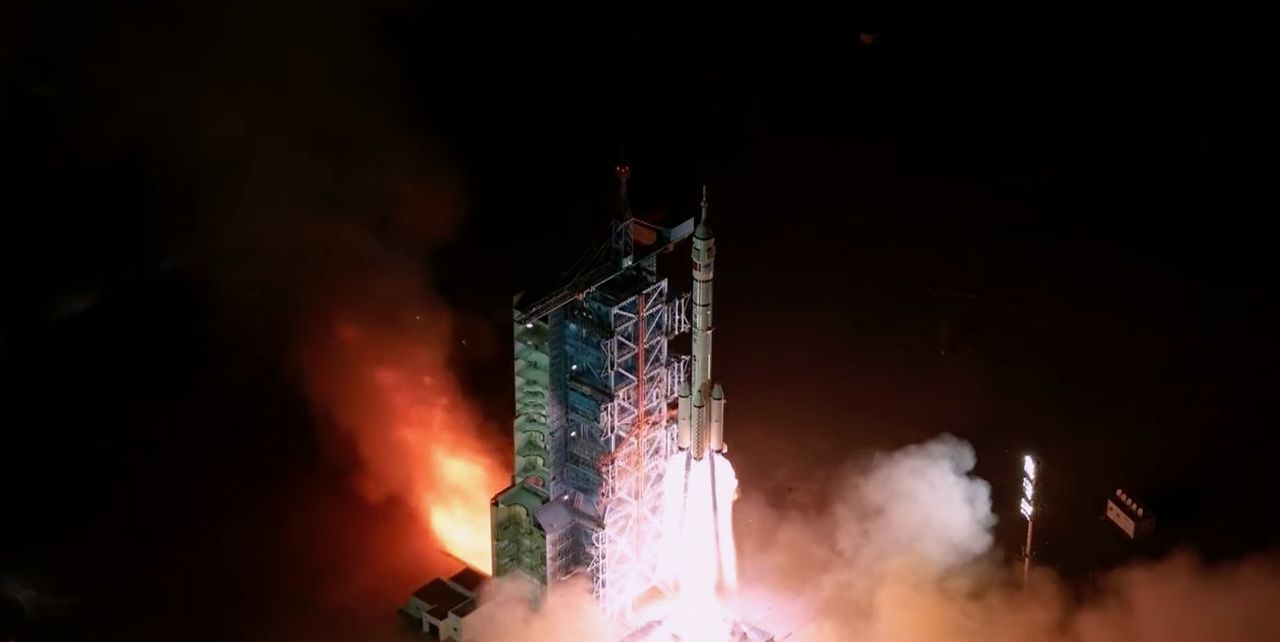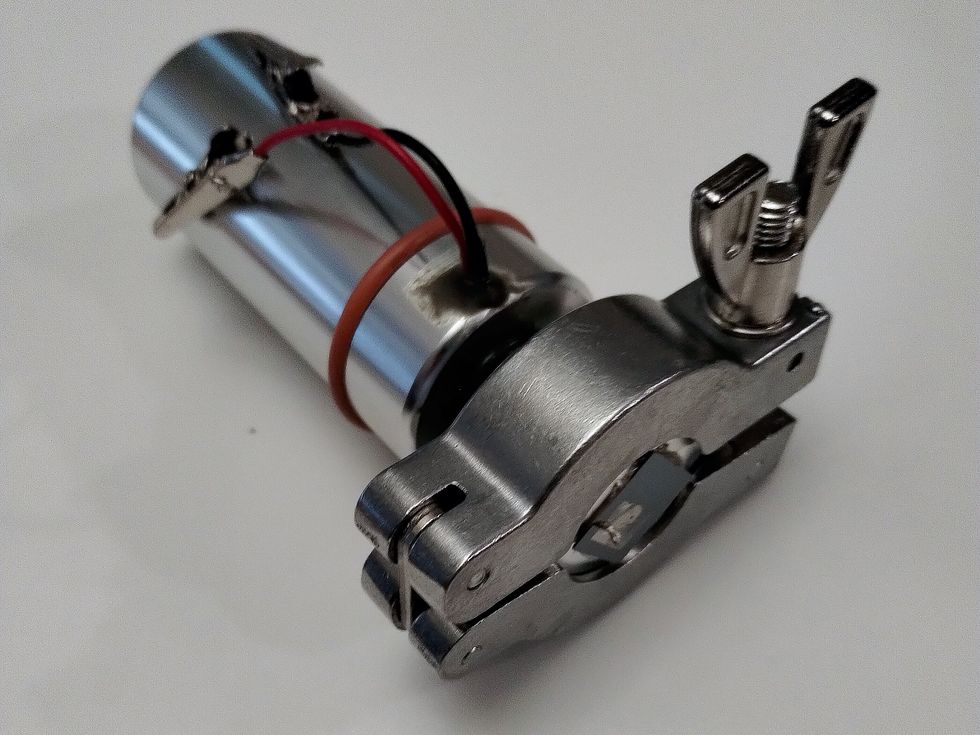Three astronauts aboard China’s Tiangong space station are currently without an immediate means of returning to Earth. Members of the Shenzhou 21 mission, they arrived at the space station on October 31, 2023, for a planned six-month stay. However, their scheduled ride home has been compromised after the Shenzhou 20 spacecraft was deemed unsafe for re-entry due to damage from a space debris strike. As a result, the Shenzhou 21 crew finds themselves in a precarious situation.
The Shenzhou 20 mission’s astronauts, who departed from Tiangong on the evening of November 13, left the station with their spacecraft, which had been the only crew-capable vehicle docked there. The damage to Shenzhou 20 includes cracks in its windows, rendering it unsuitable for safe transport of the astronauts back to Earth. According to the China Manned Space Agency, this spacecraft will remain in orbit to continue relevant experiments.
The situation, while alarming, is expected to be temporary. China maintains a Long March 2F rocket and Shenzhou spacecraft in a “state of near readiness” at the Jiuquan Satellite Launch Center during crewed missions. Should an emergency arise, this standby lifeboat could be launched to Tiangong within approximately 8.5 days. The countdown for this potential launch has likely begun, as space officials confirm plans to send the Shenzhou 22 spacecraft to Tiangong without crew members on board. While no specific timeline has been provided, officials have indicated that the launch will be scheduled “at an appropriate time in the future.”
This scenario has drawn comparisons to the experience of NASA astronauts Butch Wilmore and Suni Williams, who faced their own challenges aboard the International Space Station (ISS). In June 2024, they were part of the inaugural crewed mission of Boeing’s Starliner capsule. That mission encountered issues, including helium leaks, prompting NASA to decide on an uncrewed return of the spacecraft. Wilmore and Williams remained in orbit until March 2025, extending their stay from a planned 10 days to nearly nine months. Unlike the Shenzhou 21 crew, the NASA astronauts had alternative spacecraft available for safe return, ensuring their safety throughout their extended mission.
Currently, the Shenzhou 21 astronauts are commander Zhang Lu, aged 48 and a veteran of the Shenzhou 15 mission, along with two newcomers to space travel, Zhang Hongzhang and Wu Fei. Notably, Wu is the youngest member of China’s astronaut corps. As the crew continues their work aboard the Tiangong station, the urgency of securing a safe return remains a pressing concern.
The Tiangong space station represents a significant achievement in China’s space exploration efforts, with Shenzhou 21 marking the tenth crewed mission to the facility. Despite the challenges faced by the current astronauts, China’s commitment to ensuring their safety and the continuation of their mission remains a top priority. Every day spent in orbit without a secure lifeboat introduces risks that space officials are keen to mitigate.







